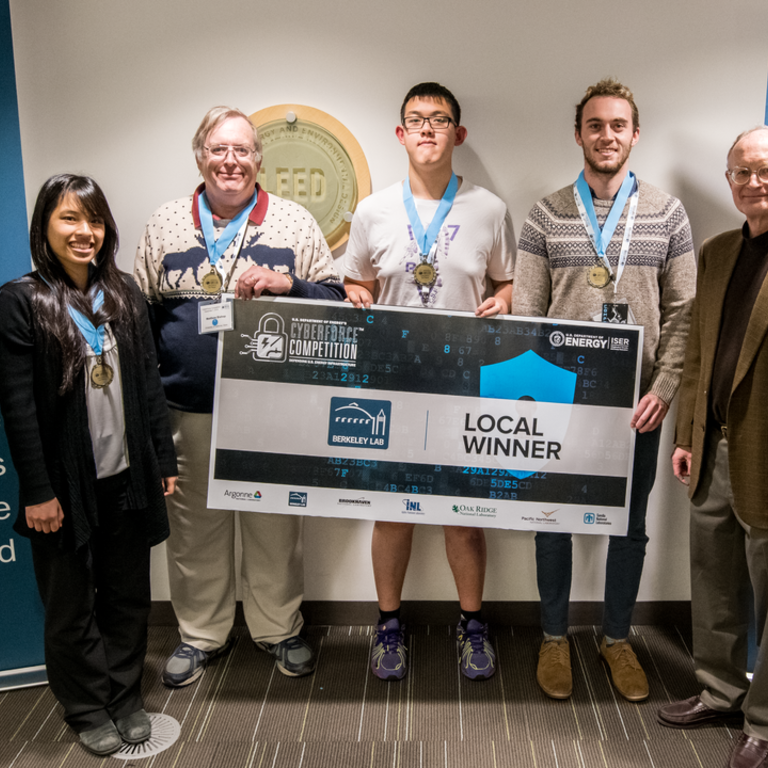Cybersecurity-CTA
Info Card - Climate and Power
Info Card - Cyber
“We see ourselves wanting to develop technologies that might be considered fanciful at one point but become reality very quickly. So we see ourselves looking at a blue sky and saying, ‘Well then, let’s come up with ideas which will change the world.”
Gaurav Sant
Associate Professor and Henry Samueli Fellow in Civil and Environmental Engineering
Director of the Institute for Carbon Management at UCLA
Gaurav Sant and his research collaborators have an ambitious goal, one that could be the 21st century equivalent of turning lead into gold.
Sant leads Team Carbon Upcycling at a UC campus, which is in the finals of the NRG COSIA Carbon XPRIZE. The global competition asks teams to develop breakthrough technologies that will convert carbon dioxide emissions from power plants and industrial facilities into valuable products.
Sant and his multidisciplinary team are perfecting ways to harvest the greenhouse gas before it enters the atmosphere and turn it into concrete.
Sant is a leading expert in the chemistry and microstructure of construction materials. Within UC, he has found a collaborative ecosystem and works with colleagues across the academic spectrum – materials scientists, mechanical engineers, chemists and economists. Together they look to build viable and market-driven technologies that can mitigate the amount of CO2 in the atmosphere.
“I’m here because everything that California does is typically forward-looking,” Sant says. “The rest of the U.S. and the world follow California 5 to 15 years later. Having the opportunity to be at the forefront of the solutions – that’s a slam-dunk. Why wouldn’t you do it?”
And harvesting the CO2 from industrial plants is the first in a one-two punch.
Traditional forms of cement are formed from anhydrous calcium silicate, while CO2NCRETE is composed from hydrated lime that is able to absorb carbon dioxide quickly into its composition. As a result, producing CO2NCRETE generates between 50 to 70 percent less carbon dioxide than its traditional counterpart.
The unique “lime mortar-like” composition also helps reduce the nearly 9 percent of global carbon dioxide emitted from the production of ordinary portland cement, the binding agent used in traditional concrete.
The Carbon XPrize competition finals will be held in 2020.







